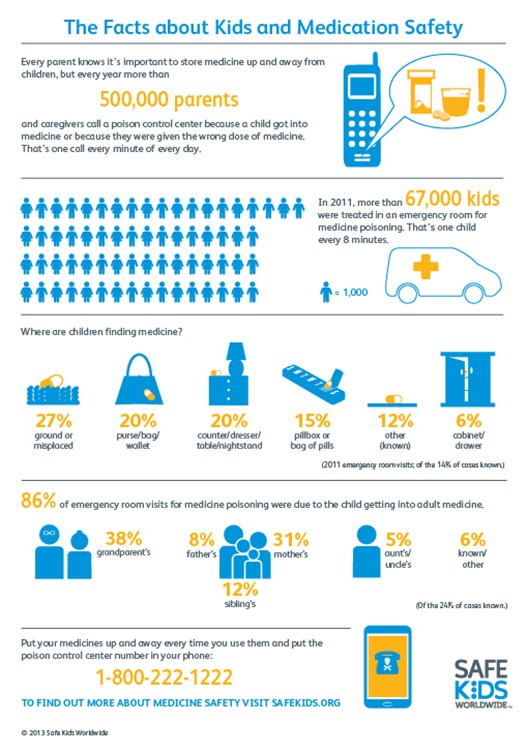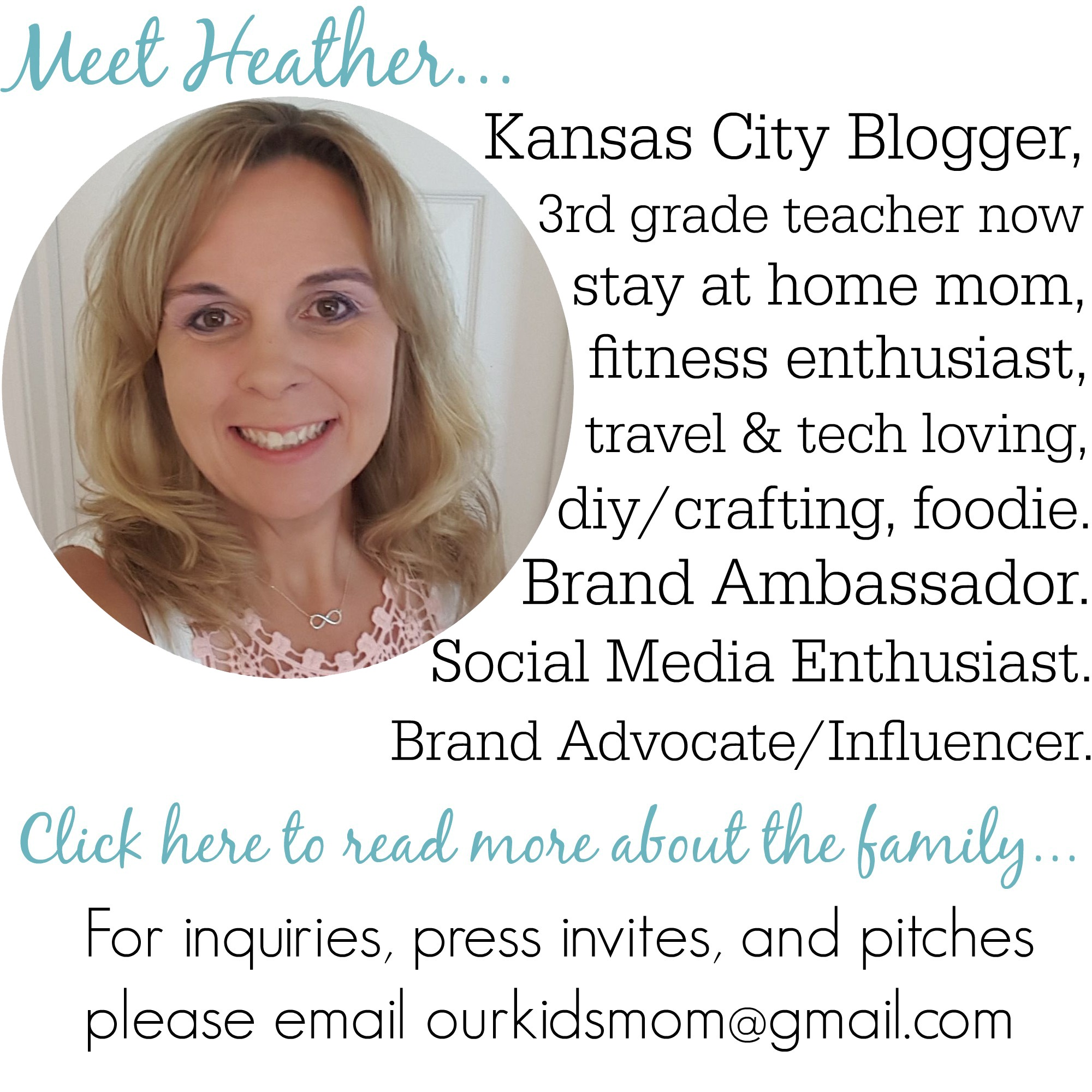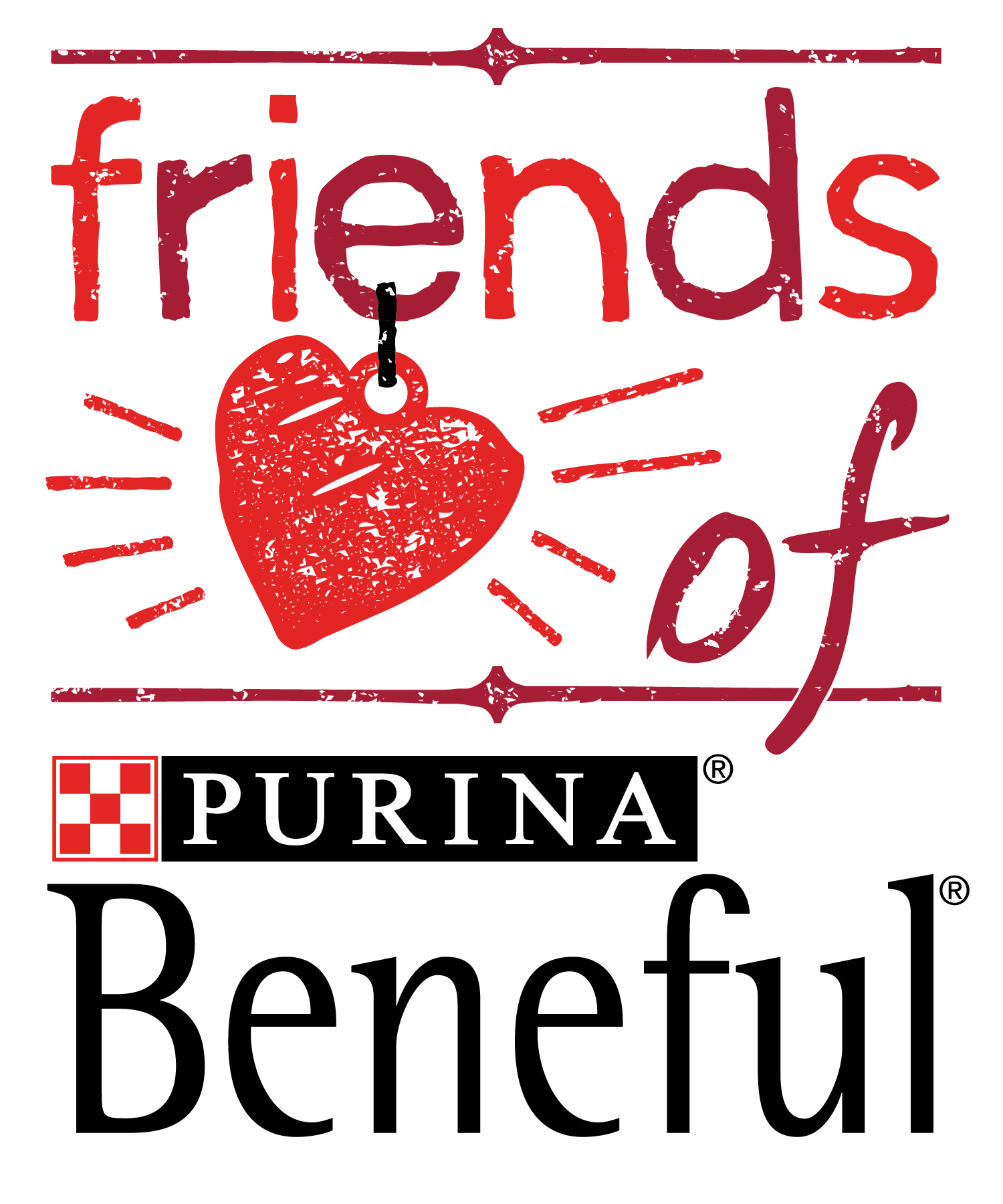Kids and Medication Safety | Prevention For Safe Kids Worldwide
 It was about 18 years ago, but I can still remember it like it was yesterday. It was a busy morning… Dad had already left for work and I was busy getting myself together and Kaytlin ready for her day with her babysitter. She was only three, but a very smart and curious three. Our family had gone through a round of colds so the Dimetapp was in an easy to access spot in the bathroom closet. Kaytlin was doing something in the bathroom, I assumed going potty, and came out saying “mmmmmmmm”. I questioned her as to what was so yummy and she pointed to the bathroom. On the counter I found the child safe lid (not always child safe) and an empty bottle of Dimetapp.
It was about 18 years ago, but I can still remember it like it was yesterday. It was a busy morning… Dad had already left for work and I was busy getting myself together and Kaytlin ready for her day with her babysitter. She was only three, but a very smart and curious three. Our family had gone through a round of colds so the Dimetapp was in an easy to access spot in the bathroom closet. Kaytlin was doing something in the bathroom, I assumed going potty, and came out saying “mmmmmmmm”. I questioned her as to what was so yummy and she pointed to the bathroom. On the counter I found the child safe lid (not always child safe) and an empty bottle of Dimetapp.
My heart raced, my eyes scoured the back of the bottle for poison information and tears of panic ran down my face. I was able to get myself together long enough to find the Poison Control number and as the woman answered I remember a stream of words coming from my mouth so quickly the lady asked me to take a deep breath and try again.
Luckily for us it was only half a bottle and I was given instructions on what to look for, but it could have been much much worse. Our children look up to us to keep them safe. I had gotten lazy.
Approximately 500,000 times each year a child gets into medicine or gets the wrong dose. And every eight minutes, a child is treated in an emergency room for accidental medicine poisoning. Most of these incidents are involving items that most don’t really think about as medicine, such as vitamins, diaper rash remedies or eye drops. Sometimes children get into medicine that was left within sight or reach, like with Kaytlin, or in instances like pills in purses, adult medicine kept on counters or children’s medicine left out for the next dose.

To keep your children safe, here are some tips from Safe Kids Worldwide. Share them with visitors and with those who care for your child outside of their home to ensure your child is safe both inside and outside of the home.
• Put medicines up and away and out of sight.
• Make sure that all medications, including vitamins and adult medicines, are stored out of reach and out of sight of children. In 86% of emergency room visits for medicine poisoning, the child got into medicine belonging to an adult.
• Consider products you might not think about as medicines.
• Most parents know to store medicine up and away – or at least the products they consider to be medicine. But they don’t always think about products such as eye drops or vitamins, which may not seem like medicine but actually are. Look around your home to see what products are within the reach of children and may be harmful, then move them up and away.
• Be alert to visitors’ medicine.
• When you have visitors in your home, offer to put purses, bags and coats out of reach of children to protect their property from a curious child. Well meaning visitors may not be thinking about the medicines that they have brought with them in their belongings. In 43% of emergency room visits for medicine poisoning, the child got into medicine belonging to a relative, such as an aunt, uncle or grandparent.
• Put medicines up and away after EVERY use.
• It may be tempting to keep medicine close at hand when you need to give another dose of medicine in just a few hours. Accidents can happen fast. It only takes a few seconds for children to get into medicine that could make them very sick. Put medicine up and away after every use. And if you need a reminder, set an alarm on your watch or cell phone, or write yourself a note.
• Read the label and know what’s in the medicine.
• Take the time to read the label and follow the directions on your child’s medicine. Check the active ingredients listed on the label. Don’t give your child more than one medicine with the same active ingredient. Giving your child two or medicines that have the same active ingredient can put your child at risk for an overdose.
• Put the Poison Control number in your home and cell phone: 1-800-222-1222.
• You can also put the number on your refrigerator or another place in your home where babysitters can see it.
To learn more about how to keep your kids safe, click here to watch the educational video, “Safe Storage, Safe Dosing, Safe Kids”… or watch it below.
Disclosure:
I wrote this review while participating in a campaign for Mom Central Consulting on behalf of Safe Kids Worldwide and I received a promotional item to thank me for my participation.
















Thank you for sharing your story. My husband and I are in the process of child proofing our home for our first baby. There really are so many things you dont think of, and this is just a reminder of how important it is!
OMGosh your story totally has me all teared up… that had to be so scary! So glad she was okay! Thanks for sharing this info, it is much needed.
What a scary story! This is such an important topic! I am a pediatrics nurse and unfortunately have taken care of many little ones who have ingested medications. It is our job as parents to protect our babies! You can never be too cautious or safe!
Also Toothpaste is extremely toxic to children, it needs to be kept up away from them.
i think that there is a problem not only with kids medicines but elder medications as well. doctors over prescribe, do not take into consideration possible complications from other meds, vitamins that people take today. aduts also need to keep all meds locked up from kids…